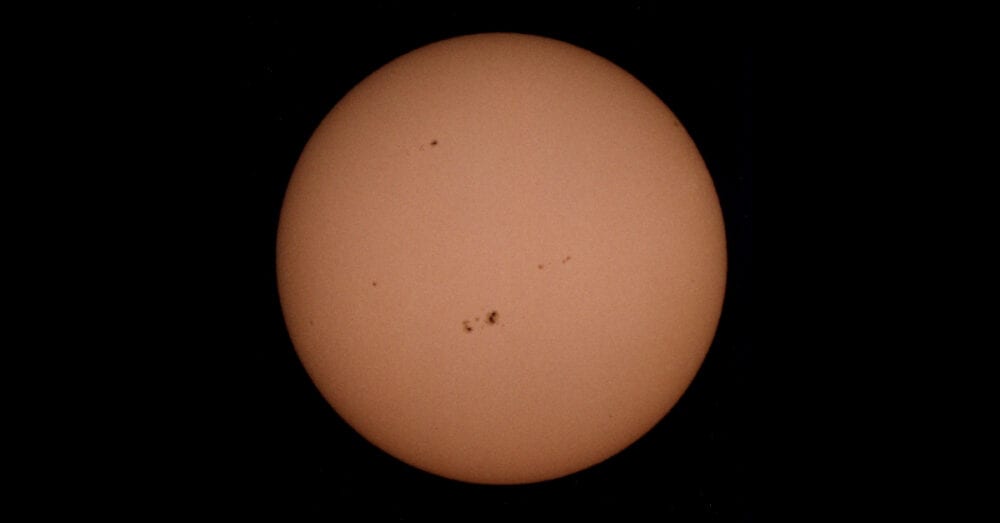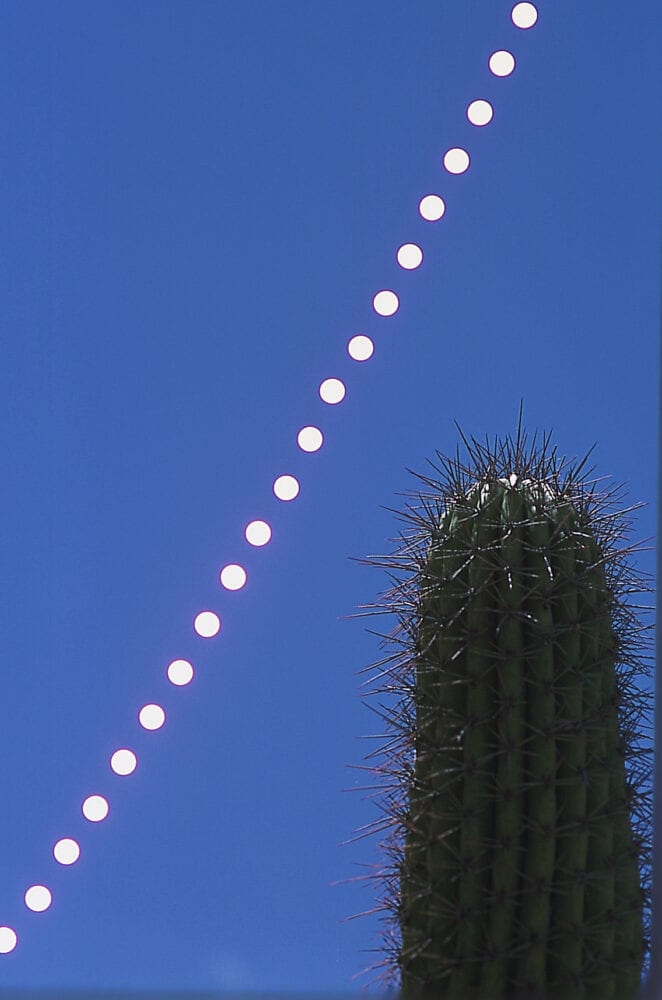
During week nine of Take It Outside, we are exploring our climate!
Today we are learning about the sun, our primary source of heat and light on Earth. Make sure you don’t look directly at the Sun today because it can hurt your eyes!
We would like to know if there is interest in PEEC continuing Take It Outside once the nature center is able to open again to the public. If you would like to see it continue, please fill out our evaluation form.
Blog Post:
PEEC volunteer and planetarium presenter Akkana Peck shares some interesting facts about the sun’s motion today on the blog. Check out today’s post here!
Craft:
Make a sundial! A sundial is a solar clock: a device that tells time according to the direction of the sun’s shadow. You may have tried out the human sundial in the nature center’s garden.
You can use a sundial to tell time when you’re outdoors — no phone or watch required! They usually aren’t perfect representations of the time, but will give you a good estimate.
Get instructions on how to make a sundial here.
Outdoor Challenge (Beginner):

Your shadow moves throughout the day as Earth rotates and the sun appears to move across the sky. Test this yourself! Get a piece of chalk and find a sunny driveway or other clear place. Trace your shadow. Make sure to mark where your feet were. Come back again later, stand in the same place, and trace your shadow again. What changed? Is your shadow leaning the same way? Is it the same height? Can you figure out why it changed?
If you don’t have chalk, you can mark the position of your feet and the top of your shadow’s head with rocks. Return several more times during the day. What do you notice about the pattern the rocks make throughout the day? Share your observations with us using the form below. Be sure to take pictures and share them with us on Facebook or Instagram or by emailing takeitoutside@peecnature.org.
Outdoor Challenge (Advanced):
Take time today to trace out the sun’s path through the sky. You can do this activity using a camera or paper and pencil.
If you’re using a camera, use a tripod or rest your camera on a fencepost or similar stable object. Face south, and take a picture of the sky, including the horizon. Make sure never to look directly at the sun, not even through a camera’s viewfinder. Return several times during the day and take another picture of the same frame. In the evening, flip through your pictures to see how the sun moved through the sky during the day.
If you use paper, start by facing south and drawing the horizon line seen from your house on a piece of blank paper. Include prominent features, like trees or buildings. Go outside every two hours or so, and mark on your drawing where the sun is located. Make sure you don’t look directly at the sun! At the end of the day draw a line to connect the different positions of the sun. This will reveal the path of the sun at this time of the year.
The line the sun traced out is called the ecliptic line. You can imagine holding up a hula hoop across the sky that would cover this line. If you have a hula hoop, or a length of garden hose, try it! This line is special for several reasons. For one, it marks the plane of our solar system. In fact, if you go back out at night and look along the same imaginary line, you should see the moon and the planets fall roughly along it. The constellations of the Zodiac will be there too. Look for Gemini, Cancer, Leo, and Virgo in the evening sky at this time of year. Learn more about the ecliptic line here.
Consider redoing this activity as the season’s change and observe how the Earth’s tilt affects the sun’s place in the sky.
Other Resources:
- Check out this video to learn more about the Sun and how we get heat and light from it here on Earth!
- Enjoy Sun-themed games, activities, crafts and more from NASA’s Space Place.
- Did you know that you can design your home to take advantage of the sun’s north and south motion? This is called passive solar design. Learn all about passive solar home design from the U.S. Department of Energy.
Share Your Experience:
Tell us what you learn about our climate this week! We’d love to see your photos, too. Please send them to takeitoutside@peecnature.org or share them on Facebook or Instagram with the hashtag #peectakeitoutside.
Join us tomorrow to learn about the atmosphere!
